Black Holes Are Bigger Than You Thought

Q&A site Quora. Photo: Quora
This question originally appeared on Quora. Answer by Matthew Clifford.
This is a comparison of the Sun’s diameter versus the diameter of Earth.
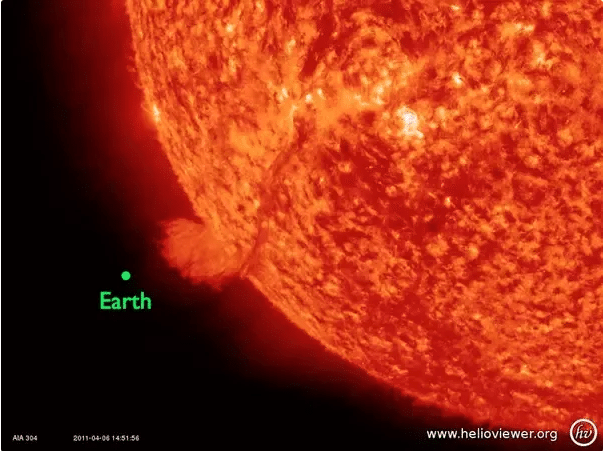
The Sun’s diameter versus the diameter of Earth. Photo: HelioViewer.org
The sun in itself has enough space to fit snugly 1.3 million planets the same size of Earth within its scorching envelope -- that’s pretty big, considering the fact that we humans already consider the distance from England to Los Angeles an immense distance.
In order to turn the Sun into a black hole, you must compress all of the matter you see in the flaming ball of plasma above into a certain size -- which is called the Schwarzschild’s radius, or Gravitation radius.
(Extremely simple. You just multiply by two the gravitational constant G (6,674 * 10^-11), then multiply it with the object’s mass divide by the speed of light (299, 792, 458 m/s) squared.)
The concept of this term is pretty simple: If you compress a given sphere into its Schwarzschild’s radius, the escape velocity from the surface of the sphere would be equal with the speed of light -- therefore, forming what we all know as a black hole.
If you were to compress the Sun into its Schwarzschild’s radius, it will be a ball with a diameter of 3 kilometers.
And if you try to compress Earth, you’ll have a black hole the diameter of 9mm.

The approximate size of a black hole with the diameter of 9 mm. Photo: Quora
About this small.
Now meet S5 0014+81.
It’s the largest black hole ever discovered and is heavier than our Sun by 40 billion times (40, 000, 000, 000) in the last observation.
If you plug in the equation above, you’ll find that this black hole has a Schwarzschild radius of about… 119 billion kilometers, along with a said diameter of about 236,39 billion km.
To give you a better perspective:
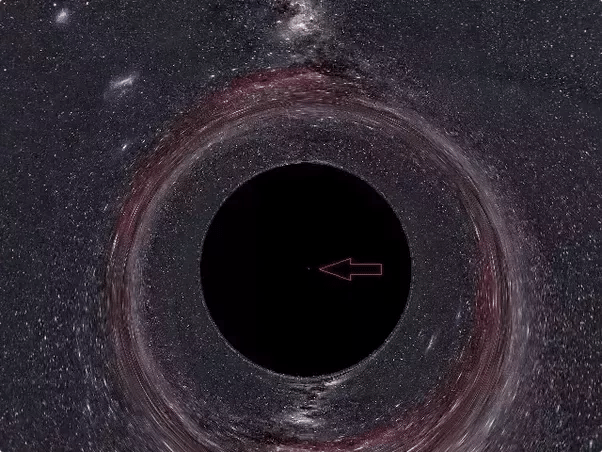
A black hole. Photo: Quora
You see that tiny red dot I drawn in the middle of the black hole?
That’s this:

The solar system. Photo: Quora
Yes, that’s our entire solar system you’re looking at - including Pluto -- Rest in peace :(
S5 0014+81 is 47 times larger in diameter than the distance from Pluto to the Sun, and it takes the spacecraft New Horizon 9 years to travel from Earth to Pluto at the speed of 16.26 kilometers PER SECOND.
I really didn’t expect this answer to gain positive reactions, so let me present one more thing…
BONUS: S5 0014+81’s size isn’t it ‘vanilla’ form -- rather, it’s just a lucky black hole out of many to stumble upon a large amount of ‘food source’ in the process and grow from there by consuming many stars and galactic dusts in its lifetime.
So what if we re-expand our fella right here with all of its bonus mass to its original size using our closest star -- the Sun -- as a marker? Although I understand that there are a lot of complex processes that went into deciding the final size of the star in its formation, this should be looked upon as a food for thought.
The Sun (1 Mo) has a diameter of 1,391,982 kilometers.
S5 0014+81 is 40,000,000,000 Mo.
So the ‘star’ S5 0014+81 should have a diameter of 55,679,280,000,000,000 kilometers.
Or 1804 Parsecs -- 5885 Light years.
That’s 5 times thicker than the thickness of the Milky Way!
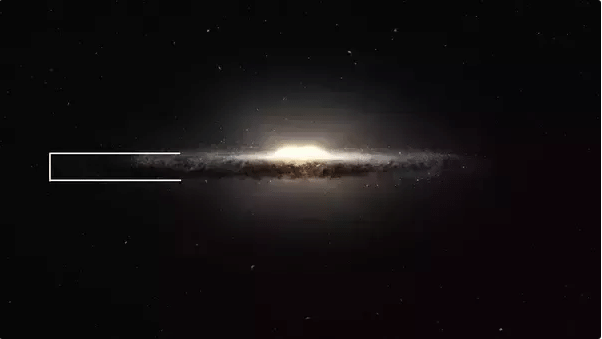
The Milky Way. Photo: Quora
The largest star we’ve ever discovered is UY Scuti.

The largest star ever discovered is UY Scuti. Photo: Quora
(The most luminous orange one)
It has a diameter of roughly 2.4 billion kilometers. (2,400,000,000 kilometers).
This is how it’s compared to the Sun.
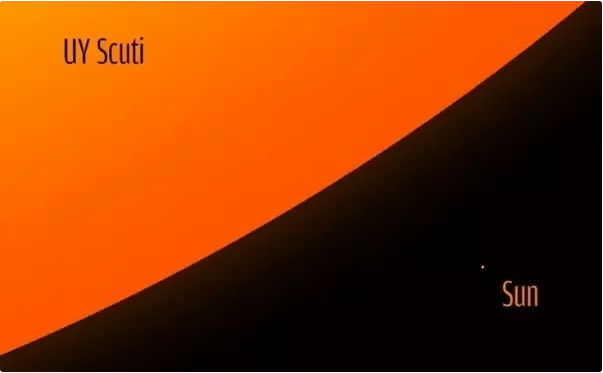
A comparison of UY Scuti to the sun. Photo: Quora
Scroll up to see the diameter of the ‘star’ S5 0014+81.
That’s 23,199,700 times larger than UY Scuti.
Here is a portrayal:
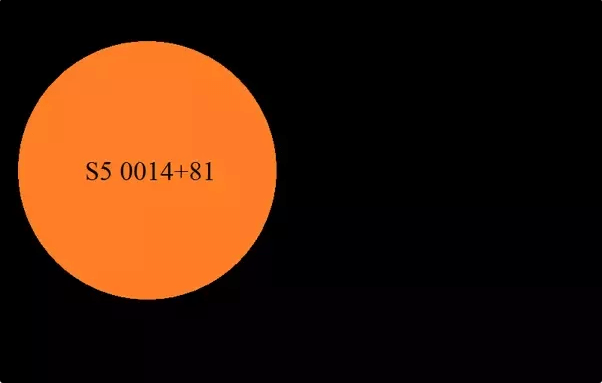
Where is the sun? Photo: Quora
Found it yet?
No?
Cause the Sun isn’t larger than the size of a single pixel in this picture.
Related Articles

